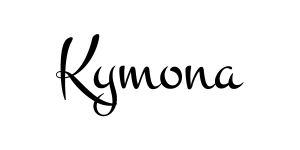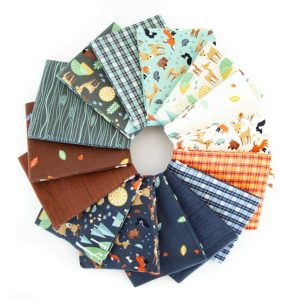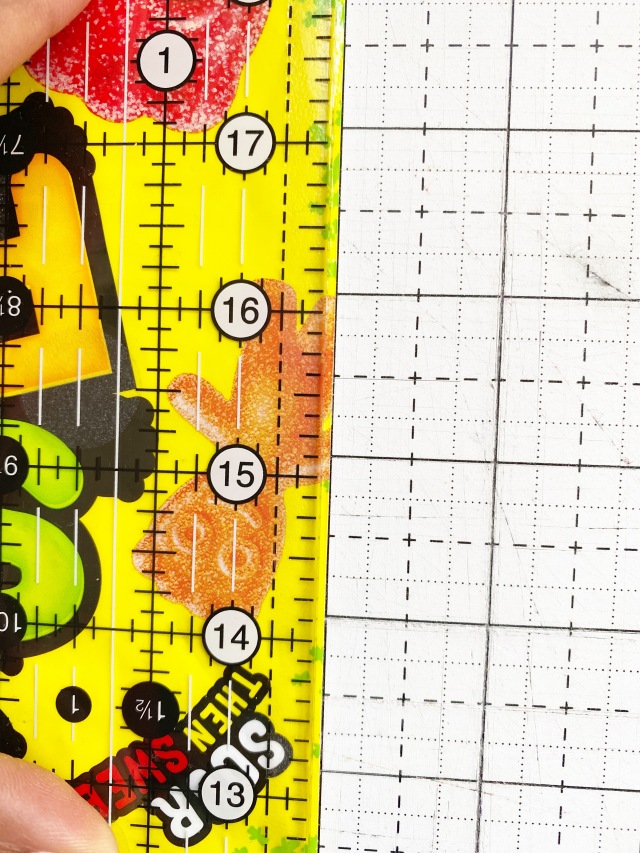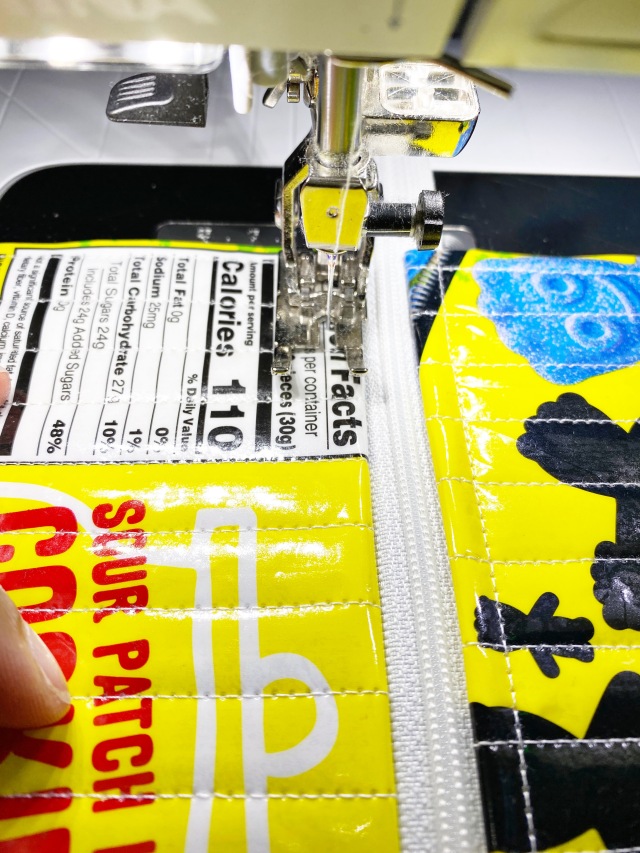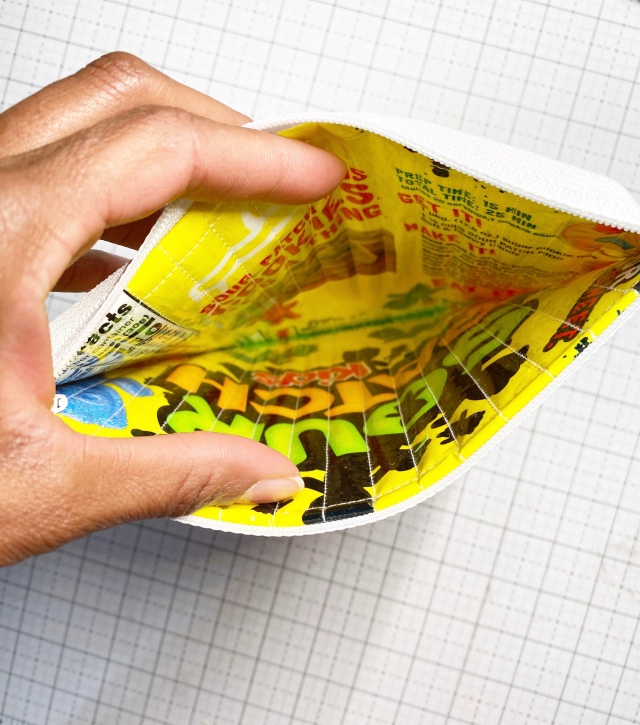Hello everyone! I’m here today to show you how to create a denim pillow sham with English Paper Piecing Hexagons. Yes, I’m trying new things. The weather calls for it, LOL.
Springtime has arrived, and I couldn’t be happier. I love the smell of flowers, the birds chirping, and the warmer weather. Better weather calls for new skills and fun stuff. Don’t you agree? So when Auriful asked their Artisans to create a project using English Paper Piecing (EPP), I was eager to learn.
So, let’s jump into English Paper Piecing.
English Paper Piecing is a hand quilting method that allows quilters to sew intricate and complex shapes with acrylic and paper templates. EPP involves using these templates to stabilize fabric before sewn together to form blocks, sewn together to make quilts, or whatever your heart desires.
It is most effective for shapes that do not have long straight sides and will require numerous set-in corners, such as hexagons.
Let’s take a look at my Denim Pillow Sham with English Paper Piecing Hexagons:

I love this!! It was therapeutic to create. Sewing by hand relaxed me so much. It went by fast too.
Creating those hexagons would be hard if the English Paper Piecing method was not used. The edges of these hexagons are nice and clean because they are neatly folded underneath.
Interesting right? Want to learn more? Great, I’m going to show you.
Here’s how you create this Denim Pillow sham with English Paper Piecing Hexagons:
Materials:
Aurifil Monofilament Thread
1-1/4 inch Hexagons Acrylic Template
1-1/4 inch Hexagons Small Pack Paper Pieces
Sewline Glue Pen & Refill
Fabric -Tilda Chambray
Clover Gold Eye Applique Needles, No. 9
Best Press Spray Starch
Iron
Denim fabric
Quilting Ruler 3 Inches
Small Cutting Mat
Rotary Cutter
16 inch Pillow Form
Let’s get to work:
Step One: Cutting the Hexagons
Cut 3-inch squares out of the different fabrics you choose. I cut 15.
I do this to make it easier to stack my fabric in smaller pieces than dealing with the entire fat quarter or yardage.
Then I stack the squares on top of each other and cut the hexagons out using the acrylic ruler.
Step two: Glueing the hexagon paper template
Now, place the paper hexagon template on the wrong side of the fabric and glue the sides down.
Do not let the glue touch the edge of the paper. You do not want glue on your needle.
Turn the edges over so that they stick on the glue.
Step three: Stitch them together
The fun begins now! Decide on the pattern you want to create.
Start with two pieces and whipstitch two sides together using a small needle and Aurifil Monofilament thread. That way, you don’t see my stitches.
Continue doing that until you have all of your pieces stitch together.
Once you’re done, take the paper out of each hexagon. They will come out with ease and stay in shape.
If you want, you can starch and iron them.
This took me about 30 minutes to do with stopping to rethread my needle. Easy and very therapeutic to do.
Now it’s time to attach this piece to the denim fabric.
Step Four: Cut the denim fabric
The pillow form is 16 inches so cut the pillow front to 16 inches by 16 inches.
Cut two back panels to 16 inches by 10 inches. This will create the opening in the back.
Step Five: Attach hexagon to the denim fabric
You can sew this panel on the fabric, but I decided to use my sewing machine to complete the task.
Place the hexagon panel on the front of the denim front piece and pin.

Add the Monofilament thread as the top thread in your sewing machine.
If your machine comes with an applique foot, use that. I’m using the #20C foot that comes with my BERNINA 570 QE sewing machine.

Blanket stitch the entire piece.
Step Six: Sew the pillow sham
With the panel in place, it’s time to sew the pieces together.
For the back pieces, turn the 10-inch side over 1/2 and sew in place. Repeat for the second piece.
Place the front panel right-side up first.
Then place one of the back panels right sides down, matching the raw edges.
Now place the second-panel right-side down, matching the raw edges.
Both sewn edges should be in the middle and on top of each other.
Sew the entire pillow sham closed using a 1/2 inch seam allowance.
If your hexagons hangover, trim them off. Trim the corners to reduce bulk.
You can zig-zag the edges if you want but not needed since no one will see it.
Turn the pillow sham inside out and push out the corners.

Insert your pillow form, and you’re done!
Beautiful right!

Now it’s time to make the matching pillow. The best thing about this pillow sham is it’s WASHABLE!!!
It’s your turn now to give this project a try. Will you? I would love to hear all about it.
Supplies used:
Thank you so much for stopping by!
